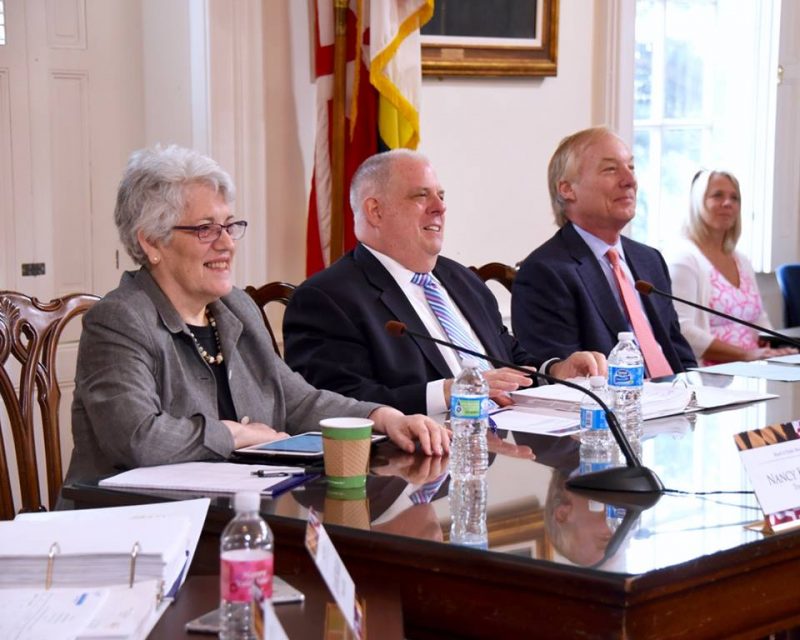Will Save Taxpayers $25 Million Dollars Over Next Four Years
 The Hogan-Rutherford Administration today announced the Department of General Services’ successful implementation of a reverse auction for energy purchases, which will save Maryland taxpayers $25 million over the next four years through 2021. The commodities procurement will provide a significant portion of the state’s electricity supply to state-owned facilities.
The Hogan-Rutherford Administration today announced the Department of General Services’ successful implementation of a reverse auction for energy purchases, which will save Maryland taxpayers $25 million over the next four years through 2021. The commodities procurement will provide a significant portion of the state’s electricity supply to state-owned facilities.
“By pooling the state’s future electricity demand, Maryland has attracted the business interest of the nation’s most competitive electricity suppliers,” said Governor Larry Hogan. “This level of participation shows that Maryland is indeed Open for Business and that the energy industry is taking notice.”
“Our administration remains committed to reining in state spending” said Lt. Governor Boyd Rutherford. “By using alternative ways to procure commodities and other services, the state receives the best value for every dollar we spend – which is exactly what Marylanders expect and deserve.”
Maryland was one of the first states to use the reverse auction in 2004, under Lt. Governor Rutherford’s leadership during his tenure as Secretary of General Services. These lower prices, along with ongoing investments in energy efficiency projects in state facilities, is all part of the administration’s energy strategy to lead by example in both lowering the burden to taxpayers and helping to meet Maryland’s environmental goals at the same time.
“This reverse auction allowed electricity suppliers to bid and counter-bid for a short period of time in a transparent, real-time platform,” said Department of General Services Secretary Ellington Churchill. “Electricity suppliers bid until the lowest electricity supply rates in the market were revealed, which greatly benefits Maryland taxpayers.”
This unprecedented auction led to the state acquiring the lowest electricity supply rates in its history and locked the rates in for a longer period of time than industry predictions. The state received an electricity supply rate as low as 3.8 cents per kilowatt-hour (kWh) for a four-year period. This rate was nearly 40 percent lower the state’s previous rate of 6.1 cents per kWh for the past three-year period.



